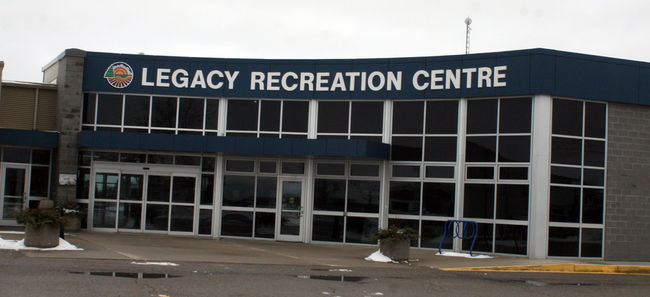Consultants offer traffic options

 Pedestrians and bicycle riders could share ‘multi-use’ lanes on both sides of a widened bridge and the Ontario Street South corridor in traffic-troubled Grand Bend.
Pedestrians and bicycle riders could share ‘multi-use’ lanes on both sides of a widened bridge and the Ontario Street South corridor in traffic-troubled Grand Bend.
That’s the recommended choice of consultants B.M. Ross and Associates after reviewing results of the traffic study phase of an ongoing environmental assessment aimed at relieving frustrating delays for northbound Highway 21 summer travellers driving into or through the resort village.
B.M. Ross environmental planner Kelly Vader and senior engineer Ken Logtenberg unveiled their findings and recommendations to a March 27 session of Lambton Shores council. As reported recently in the Times-Advance, the consulting firm suggests that a new, wider deck could be built atop the existing bridge under-structure for an ‘anticipated’ $5.1 million rather than an entire bridge replacement for $6.7 million. Either option would create five vehicular traffic lanes instead of the current four and would accommodate wider pedestrian/cycling paths on both sides.
Less desirable alternatives could be bicycle lanes along the sides of traffic lanes – not recommended in summer’s heavy volumes – or provide a normal sidewalk on one side and a multi-use lane on the other side which would force cyclists to travel only on one side of the road, creating a hazard for them trying to cross through heavy traffic.
Providing multi-use lanes on both sides of Ontario Street South is projected to cost $4.4 million, which is lower than estimates for other options. It would require the purchase of some land but would more safely accommodate bicycle riders and would provide a link to the Rotary Trail which runs south from the village on the west side of the highway. Preliminary costs include an allowance for engineering and approvals but not for property acquisition or utility company relocation costs.
Corridor property limits diagrams in the B.M. Ross presentation show the existing right of way widths along sections of Ontario Street South, Vader explained in an email exchange with the T-A.
“Given that the right of way width varies along the corridor the required width increase will be variable,” said the environmental planner. “Once the EA (environmental assessment) is complete and we have confirmed the width that is required to implement the corridor improvements, we suspect that the municipality will contact each of the property owners that would be affected.”
Questioned about a one-line reference to a bypass of the Ontario Street bridge congestion issue, Vader told the T-A that the option was considered at the first public meeting in 2016. “At the time, the anticipated cost was in excess of $4 million to construct the detour and a bridge to take the traffic around the core area from Klondyke Road to Main Street but that cost did not include any maintenance work or improvements to the Main Street intersection, Ontario Street or the bridge on Ontario Street.”
She further explained, “We didn’t spend a lot of time on it because the traffic consultant did not think this option would adequately address the problem. They thought that people would not use the bypass unless traffic was already backed up because it is a longer travel route. Also, the traffic flow on Ontario Street would still be restricted because all the northbound traffic would still have to go through the Main Street intersection on Ontario Street.”
Vader confirmed that project funding “is potentially available” from Ontario’s transportation ministry (MTO) through its connecting link program. The entire length of Ontario Street is a Highway 21 connecting link. “All negotiations are being undertaken by the Municipality of Lambton Shores,” she reported.
Before the environmental assessment can be finalized, input from residents and project stakeholders on ‘preferred alternatives’ will be sought at public meetings on the afternoon and evening of Mon., June 4. Exact times and location of the meetings are to be advertised when confirmed.
Source: Consultants offer traffic options | Lakeshore Advance
